ZHCSCA9A March 2014 – April 2015 LMP92066
PRODUCTION DATA.
- 1 特性
- 2 应用范围
- 3 说明
- 4 简化电路原理图
- 5 修订历史记录
- 6 Pin Configuration and Functions
- 7 Specifications
-
8 Detailed Description
- 8.1 Overview
- 8.2 Functional Block Diagram
- 8.3 Features Description
- 8.4 Device Functional Modes
- 8.5
Programming
- 8.5.1 Temperature Sensor Output Data Access Registers
- 8.5.2 DAC Input Data Registers
- 8.5.3 Temperature Sensor Status Register
- 8.5.4 Override Control Register
- 8.5.5 Override Data Registers
- 8.5.6 EEPROM Control Register
- 8.5.7 Software RESET Register
- 8.5.8 Access Control Register
- 8.5.9 Block I2C Access Control Register
- 8.5.10 I2C Address LOCK Register
- 8.5.11 Output Drive Supply Status Register
- 8.5.12 Device Version Register
- 8.5.13 EEPROM Burn Counter
- 8.5.14 LUT Coefficient Registers
- 8.5.15 LUT Control Registers
- 8.5.16 Notepad Registers
- 8.6 Register Map
- 9 Application and Implementation
- 10Power Supply Recommendations
- 11Layout
- 12器件和文档支持
- 13机械、封装和可订购信息
6 Pin Configuration and Functions
PWP Package
16-Pin HTSSOP
Top View
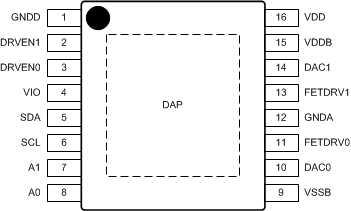
Pin Functions
| PIN | TYPE (1) | DESCRIPTION | ESD STRUCTURES | |
|---|---|---|---|---|
| NUMBER | NAME | |||
| 1 | GNDD | G | Lower power rail of the digital I/O |
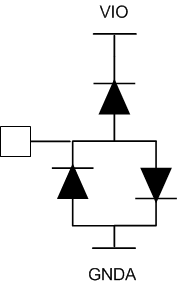 |
| 2:3 | DRVEN[1:0] | I | Asynchronous control of the Changeover Switches |
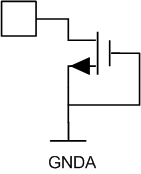 |
| 4 | VIO | I | Digital I/O power supply rail | |
| 5 | SDA | I/O | I2C bi-directional data line | |
| 6 | SCL | I | I2C clock input | |
| 7:8 | A[1:0] | I | I2C slave address selector |
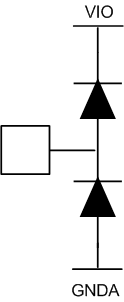 |
| 9 | VSSB | P | Output drive lower supply rail |
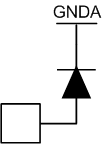 |
| 10, 14 | DAC0 DAC1 |
O | DAC0 output |
 |
| 11, 13 | FETDRV0 FETDRV1 |
O | Gate drive of the external FET device | |
| 12 | GNDA | G | Analog block lower rail |
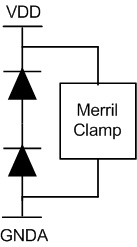 |
| 15 | VDDB | P | Output drive upper supply rail |
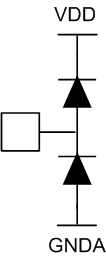 |
| 16 | VDD | P | Analog block upper rail |
 |
| --- | DAP | G | Die Attach Pad. For best thermal, and noise performance it should be soldered to the local system ground pad. |
 |
(1) G = Ground; I = Input; O = Output; P = Power